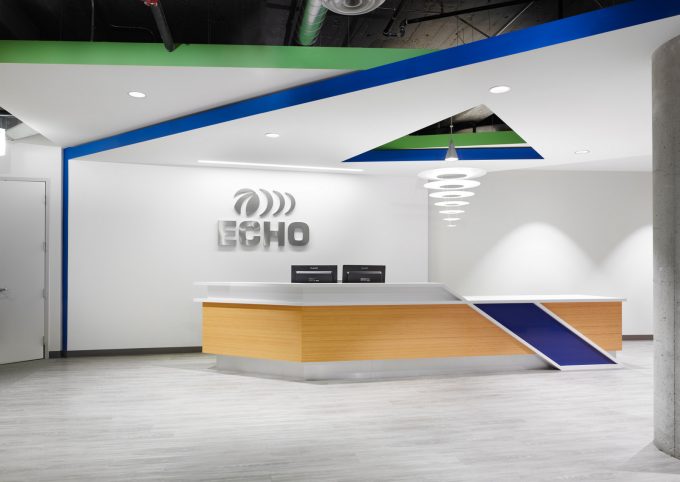Shipping line fortunes may be looking up after a dire fourth quarter
The last three months of 2023 were some of the worst for liner shipping’s finances ...

Echo Global Logistics yesterday released fourth-quarter and full-year 2015 results, showing the US freight firm overcame a “soft” economic environment to increase revenues and profits.
Full-year revenue at the company came in at $1.51bn, a 29% increase over 2014, while earnings before interest, tax, depreciation and amortisation (EBITDA) grew 37% to $68m – or 42% to $70m after excluding $2.3m of costs incurred by the integration of Command, an acquisition completed in June.
Echo chief executive Dave Menzel said $68m of the increased revenue had come from new business wins as it increased market share.
The addition of Command and its business brought a jump in truckload revenue, which grew 74% over the year – 70% driven by Command. Truckload volumes also increased substantially: 95% over the course of the year and 131% in the fourth quarter, compared with the same period in 2014.
Echo chairman Dough Waggoner said that in 2014, for every $1 earned in its less-than truckload (LTL) business, it earned $1.47 from truckload; while last year, it earned $2.70 in truckload for every $1 earned in LTL.
“That’s the beauty of our non-asset, variable cost business model. When the economic cycle goes into the contraction phase, purchased transportation costs decline faster than our price to customers and our margins expand. So even though gross revenues can be affected by macro-economic forces, net revenue remains healthy,” he said, adding that even the challenge of dramatically dropping fuel prices could lead to higher profitability.
“In 2015, and especially in the second half, we saw falling fuel prices impact our top line, but because it passes through it doesn’t impact net revenues, and mathematically it causes margins to expand.
“We know that at some point the economic cycle will turn and capacity will tighten, and purchased transportation prices will initially rise faster than we can pass them through. This causes margin compression, but because it’s a phase of economic expansion, we get volume and revenue growth, and margins don’t suffer.
“Furthermore, tight capacity creates opportunities for incremental spot market freight and significantly higher margins which contributes to both net revenue and gross revenue growth,” he said.
Mr Waggoner said the company remained on target to reach $3bn in annual revenues by 2018, and to hit $150m EBITDA.
Chief financial officer Kyle Sauers said: “We expect full-year 2016 revenue to be in the range of $1.8-$1.88bn. This reflects revenue growth in the range of 19- 24% over 2015, which implies significant volume growth in light of the decrease in fuel prices.”
He said both truckload and LTL rates were expected to increase over the two years partly due to the introduction of government driver regulations, which would tighten capacity.
He added that further acquisitions should be expected.
Comment on this article